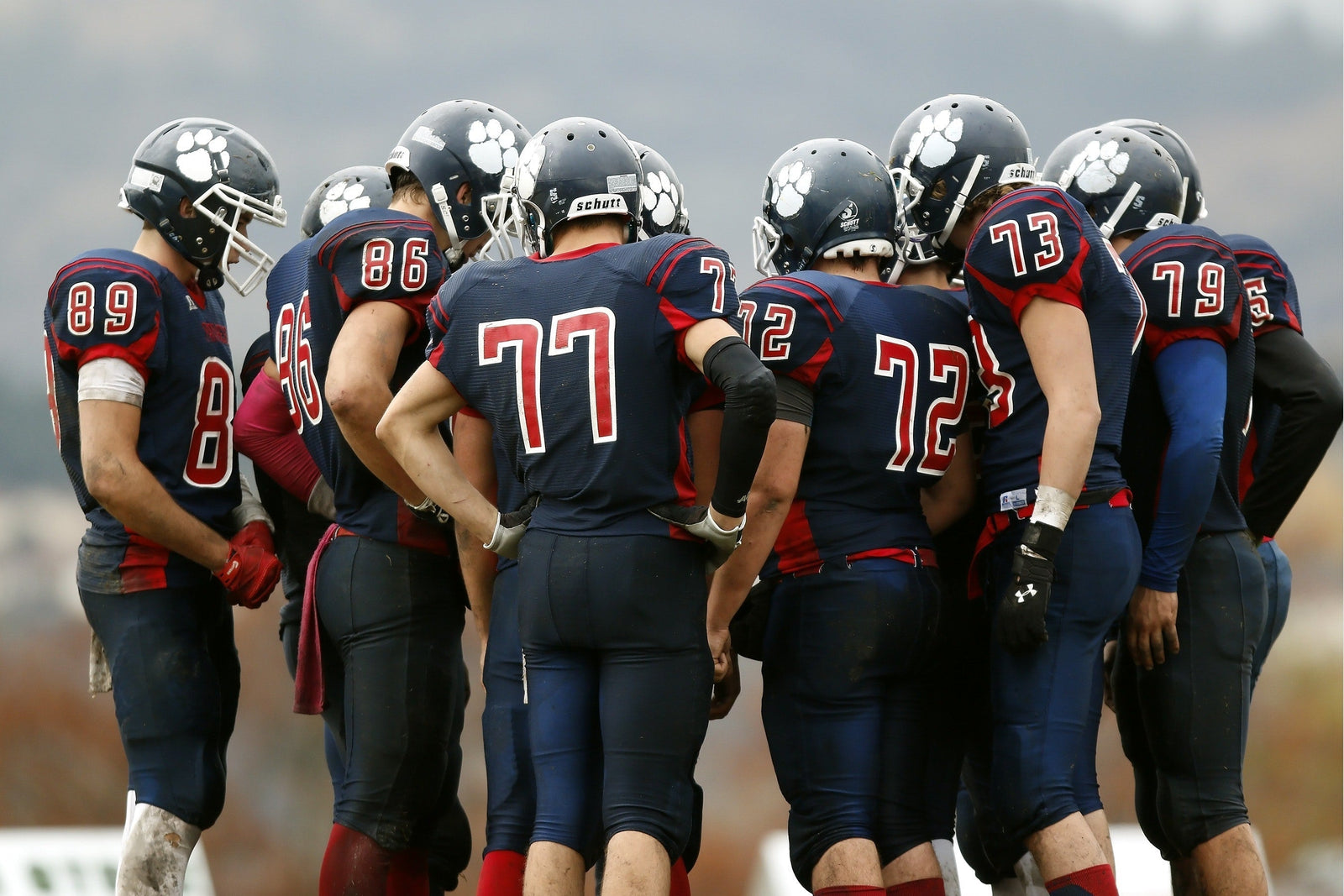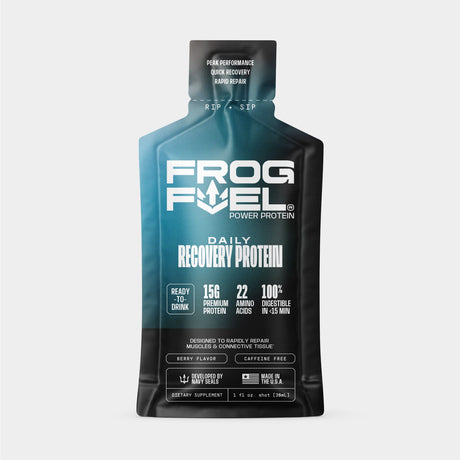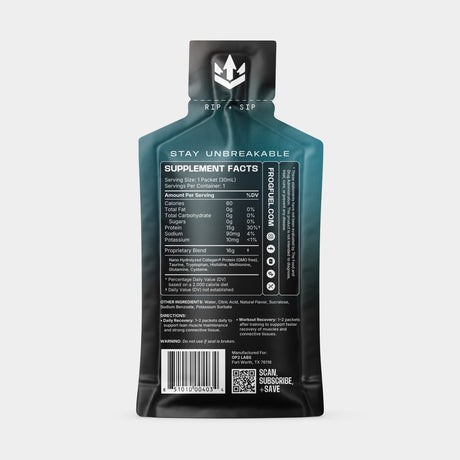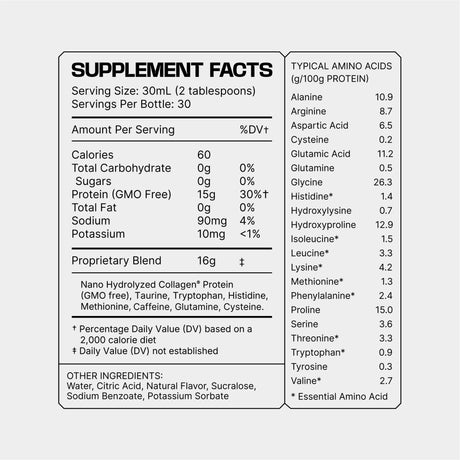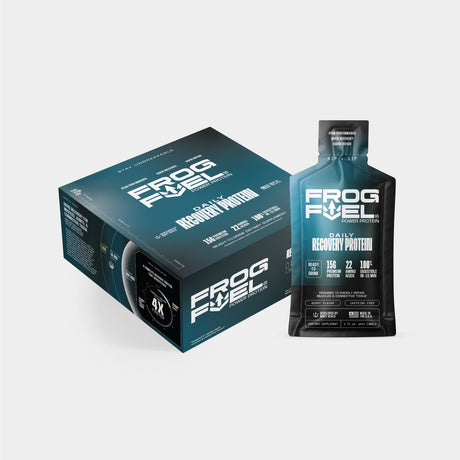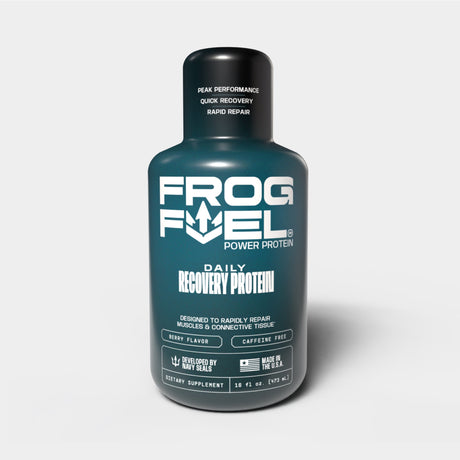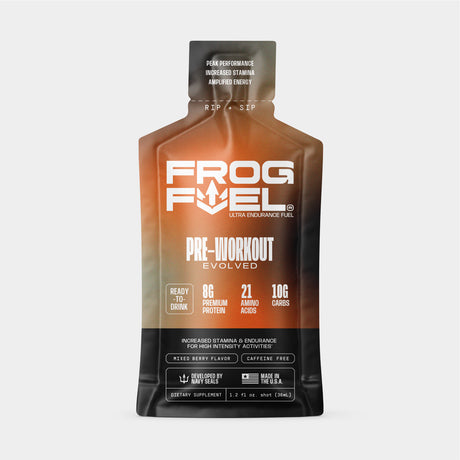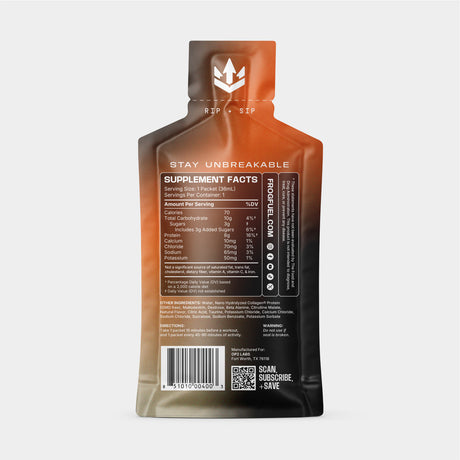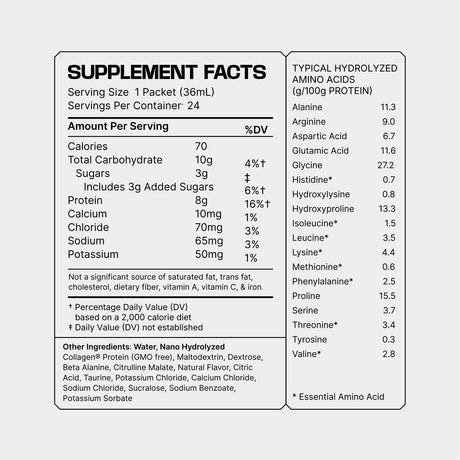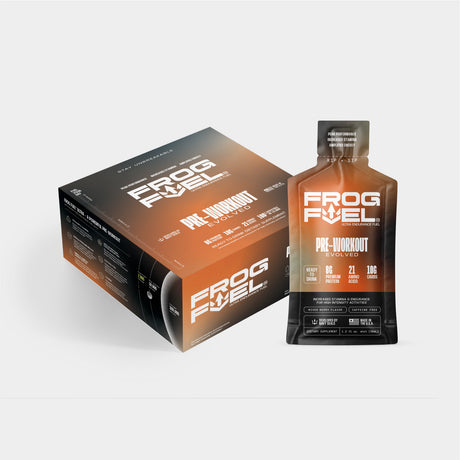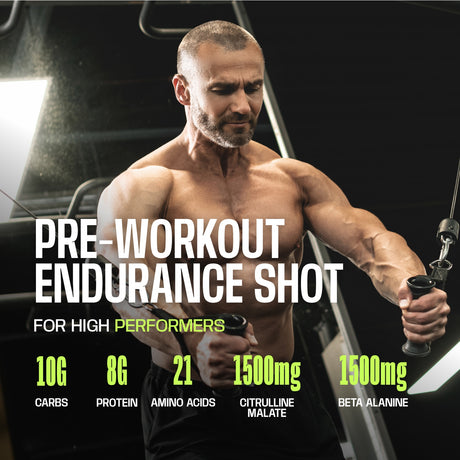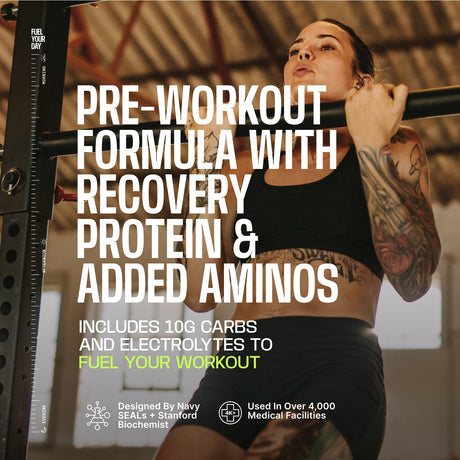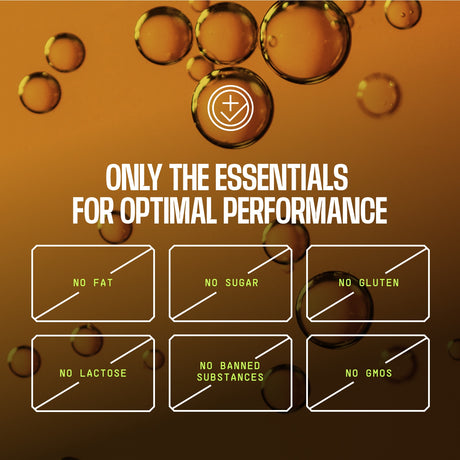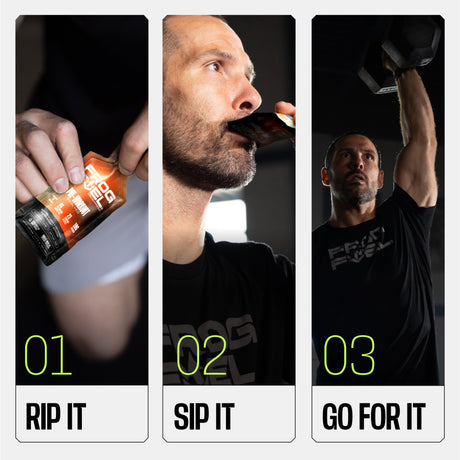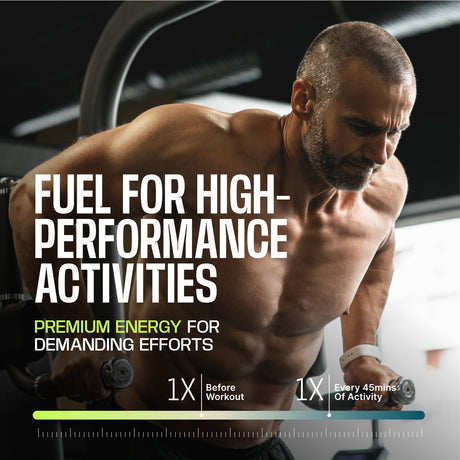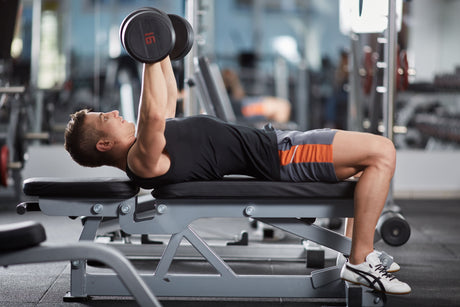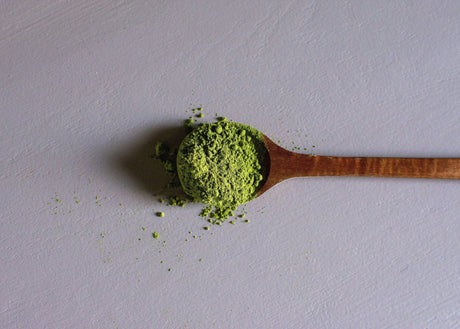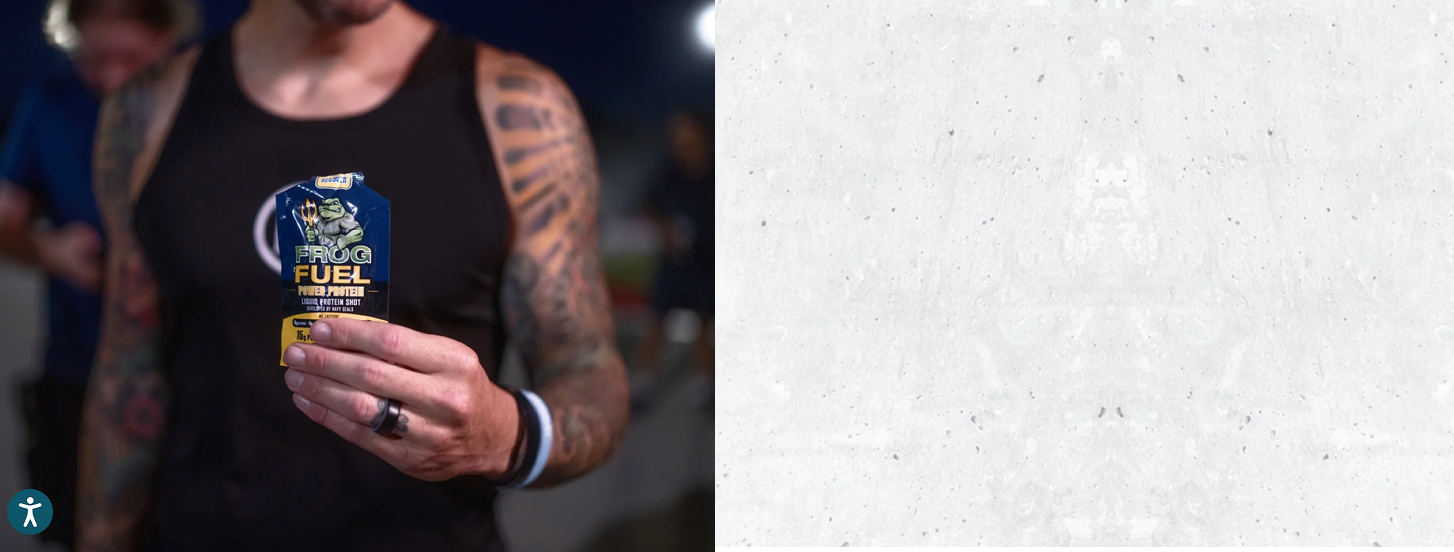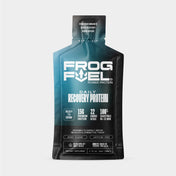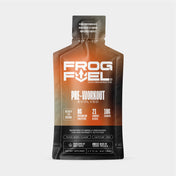A proper high school football nutrition plan is a must for your team. In time, you’ll inspire your players to take responsibility for their own nutrition plans, but right now it’s your job to set them a good example to follow for the rest of their careers.
A poor diet can make even an elite athlete perform sub-par.
Research into sports nutrition for football players (once overlooked by coaches who thought that everything took place on the field) has exploded in recent years.
Fortunately, science continues to learn more about the potential of human bodies every season.
Your team needs to know what good nutrition for youth football players looks like. They need to know how complete nutrition can help them get through a physical football conditioning program. And both parents and players need to know they have someone they can trust when they have questions like:
- Can I take two protein shakes a day?
- What are the best vitamins for teen athletes?
With that in mind, let’s analyze some meals on a high school football nutrition plan. In true academic style we’ll be grading each meal based on its quality level of nutrition for high school football players, then suggesting how it can be improved.
Let’s see what’s on the menu:
Meal 1: Avocado, egg, cheese, and bacon

Grade: C-
Looks tasty and there’s some interesting food on there but, surprisingly, it’s not the best start.
Why?
It’s missing some much-needed carbs, for highly-active, growing athletes.
We know, this athlete heard from someone who heard from someone else, who read it on social media, that a zero carb diet cuts down your weight fast. So they’re trying it for themselves.
But it’s important that you tell your athletes why this is a bad idea. This is to nip it in the bud before anyone else in your locker room adds it to their high school football nutrition plan.
The most relevant downside to a low-carb diet for athletes is a complete lack of energy on the field - especially during grueling two a days workouts.
Carbohydrates = energy.
What scares low carb diet enthusiasts is that excess carbs that go unused by the body are stored as fat. Which can be true. When considering nutrition for football players however, their workouts demand that all available carbohydrates are put to work and left out there on the field. The carbs they eat are digested, then stored with water, ready to go in muscle cells when the body needs them.
Zero carb diets help people to lose water weight fast, and that’s of zero use to a real athlete. Make sure your team knows this.
Why every nutrition plan needs plenty of carbs
Carbohydrates are the master nutrition for high school football players. They should be front and center in your high school football nutrition plan. They are the most efficiently broken down and metabolized form of energy for the body.
And once digested, they’re available for aerobic and anaerobic respiration, the product of which is energy.
But just like protein (which we’ll get to), the type of carb matters.
Simple carbohydrates vs. complex carbohydrates
A good high school football nutrition plan should be loaded with complex carbohydrates.
Simple carbohydrates like white bread, pasta, and white rice have been refined in the food making process and usually contain higher levels of sugar. Simple sugars are easier for the body to digest, which is actually detrimental to athletes for our purposes.
Why?
If an athlete eats simple carbs then the body will be done digesting quickly and the muscles will get all the carbohydrates available to them at the same time. Sure, this is great for the beginning of two a days football season, but all that energy will get used up too fast and the athlete will tire quickly.
Hear this: good carbohydrates take a bit more time to digest and be fully absorbed. And that’s good.
Complex carbohydrates, which are more authentic to their natural forms, present more of a challenge for the digestive system to break down into their nutrition-rich parts. The result is a continuous supply of good quality energy for the whole football conditioning session.
What percentage of a high school football nutrition plan should be complex carb-loaded? As a starting point, aim for 55%-60% and then check in with how each member of the team feels.
Of course, given the variety of body types on a football team, there is never one true answer. As a reference however, how many carbs an athlete needs depends on their total calorie goal.
For most athletes, the high school football nutrition plan should start with 3.1 to 4.5 grams of carbs per pound of body weight daily, depending on the hours of training. When two a days football season begins, an athlete may need more than that to help them get to the end of that punishing second workout.
Meal 2: Quinoa bowl with veggies and avocado

Grade: B+
Our recommended complex carbs are oats, potatoes, quinoa, brown bread, carrots, chickpeas, beets, and yogurt. If you’re looking to pad out your high school football nutrition plan with complex carbohydrates from around the world, then yuca (from South America) or taro (from southeast Asia) make great additions as well.
This example here has quinoa, health fats in the form of an avocado, and some protein in the form of chickpeas. We’d rate it higher if it was heavier on the healthy carbs and included some eggs for a full serving of protein that young athletes need.
It’s worth noting that no one item from the first plate was a bad choice. We chose to hold onto the avocado for it’s nutritious fats and vitamins, but any of the individual foodstuffs from the first meal could have complemented this dish and still got the grade.
The takeaway is that every plate on a good high school football nutrition plan needs to be absolutely loaded with complex, nutrient-rich carbs.
High carb diets shouldn’t be complex or boring to look at either. Look at the color and variety on display in this meal. And think how easy it is to throw a bunch of veggies on brown rice or quinoa for a quick bowl.
Push your players into expanding their horizons and give them options from the list above. If they discover something new they like, then they’re more likely to seek it out for themselves and take better ownership over their own nutrition for the future.
Meal 3: Spicy shrimp caesar salad

Grade: B
Remember, we’re not grading how delicious this looks (because it looks delicious). We’re grading how effectively this meal sits into a high school football nutrition plan.
This meal has chosen both shrimp (and you could opt for spinach) for its protein content. Proteins are vital for athletes and non-athletes alike. They structure and strengthen our bodies and are therefore another cornerstone of every high school football nutrition plan.
Without carbohydrates a football player has no energy to move a muscle; without proteins there is no muscle to move.
The recommended dietary intake percentage of proteins is lower than the equivalent for carbohydrates. A young athlete's protein intake should be 12%-20% of all their macros.
Again, this percentage should be considered as a starting point for each young athlete. The high school nutrition plan can then be tweaked depending on position and individual situation to find the real sweet spot.
Now, the positives of this shrimp meal is that proteins are coming from a plant and an animal source. In general, it is a good idea to build a high school football nutrition program this way because a variety of protein sources for all foods gives a more complete access to a broader spectrum of additional vitamins and minerals.
This meal could be part of a good high school football nutrition plan if throughout the day it is combined with a heavy amount of carbohydrates, vitamins, and minerals for the other meals.
So why only a B grade?
When building protein into nutrition for young athletes, you want each meal of a high school football nutrition plan to be balanced between protein, carbs, and veggies (rather than being carb or protein-heavy).
For example, keep the shrimp for the evening meal but serve it with some yuca and quinoa or brown rice, and add the spinach to a whole grain sandwich at breakfast, or a salad at lunch. Or simply balance this particular meal a bit better by adding some sprouted toast or eating the shrimp over whole wheat pasta.
Where protein supplements fit into a high school football nutrition program
We discussed how being protein heavy for one meal isn’t the most efficient idea because protein takes much longer to digest than carbohydrates. Unlike with carbohydrates, we are now looking for a sudden, well-stocked supply of protein to replenish the muscle cells that are under strain during athletic exercise.
As a general rule, a good serving size of protein is 15-25 grams per meal, eaten 4-5 times throughout the day. Any more consumed at once may not be fully digested.
It’s exactly for this reason that athletes turn to whey and collagen protein supplements as part of their high school football nutrition program.
For most athletes, one protein shake is a sufficient addition to a high school football nutrition plan. If your athletes are struggling while working out two times a day, you might want to consider a second liquid collagen pouch to help keep protein stockpiles high.
As convenient as it may be, switching out dietary protein entirely for purely protein supplements is not recommended. From a protein point of view, we’re looking for a constant stream available throughout the day sourced from an athlete’s diet - paired with an additional supplement that can fuel up the athlete when they start working out and help them recover after.
However, not all protein supplements are the same.
We have a full guide on why collagen protein (in liquid or powder form) is the best protein powder for young athletes.
There are several collagen benefits for men and women, especially when that collagen is hydrolyzed, or broken down for faster, more efficient absorption. We take it even one step further. Frog Fuel liquid collagen is nano hydrolyzed, which means there is much less work for the body during digestion, so there’s much less delay stocking up on protein before exercising.
This is great news to athletes, especially football players. And especially when it’s two a days football season. A liquid collagen protein pouch can stockpile protein quickly to have on hand for a training season. That’s what makes it such an effective addition to a high school football nutrition program.
Differences between collagen and whey protein
Collagen and whey are both proteins found naturally and are safe for use within the recommended dosage amounts. And we can put collagen protein vs whey side by side and make some helpful comparisons. The body does amazing work building and putting them to use at sites where they’re required.
However, side-by-side, collagen does come out on top.
Collagen is the most abundant protein found in the body, and it forms tendons, muscles, cartilage, bones, blood vessels, and organs to give them shape and stability. It’s the protein of choice when the body needs structure and scaffolding as it pads out cells.
When you think of how collagen translates to the football field, consider it as structure and power.
When you think of how whey translates to the football field, consider it as just bulk.
Whey aims to increase size in its users and has useful applications for body builders and for underweight individuals who need to beef up. It’s important to remember that unlike collagen, whey is a dairy product and is therefore unsuitable for athletes who are lactose intolerant or who have sensitive stomachs. The size of the molecules can also lead to upset stomachs in some of its users, which is a detriment to athletes who need concentration at a maximum during football drills.
We believe that structure and power have a place on every football team.
Bulk may also be productive but it’s a clear runner-up in the protein race. Collagen is the smarter choice of protein drinks for football players when it comes to putting together an effective, well-rounded high school football nutrition plan.
Why you should cut whey and draft collagen protein
To better understand why collagen protein is so important for football players, we only need to look further into the various applications of collagen within the body. The more that science uncovers how collagen gets put to work, the more essential it sounds.
Let’s first look at joints, tendons, and ligaments.
Joints only seem to have attention thrown their way when something goes wrong such as an ACL ligament tear.
Collagen makes up to 80% of the dry weight of tendons, and these proteins need constant replacement as the mechanical forces of football training are placed upon them.
Remember, tendons and ligaments are the connection points between muscle and skeleton. Any force created by the muscles will be transferred through these smaller connection points, so weaknesses here translate to weaker movements on the field.
If the body can’t replenish protein cells that are being damaged by working out, then the ligament gets weaker as a whole and the remaining fibers take on a larger share of the work.
It’s clear to see how this invokes a vicious cycle because when they are taking on more load, the tendon or ligament becomes more likely to break down further. This process can continue until the tendon or ligament sprains or tears seriously, causing an injury and a long rehabbing period for the athlete.
We don’t have to tell you that injury setbacks ruin seasons.
Given the great risks involved, it’s best to consider regular refueling of collagen before working out so that the body has the resources it needs to replenish proteins in ligaments as and when required.
Consider it pre-habbing for injury.
Get an A+ high school football nutrition plan
The core of the high school football nutrition plan is adequate carbohydrates and proteins, but extra credit can be found with a range of vitamins and minerals.
Indeed, collagen requires vitamin C as a cofactor for the most effective absorption. The daily amount necessary isn’t a lot, only 90mg. Leafy greens and fruits should be the go-to here, with top honors going to citrus fruits and juices, kiwifruit, mango, or papaya.
For an even more complete support supplement for athletes, Frog Fuel nano hydrolyzed collagen is fortified with additional amino acids and citrulline malate. Citrulline malate benefits, in a nutshell, provide a stimulating role in widening blood vessels to help improve circulation. As an added extra, it rounds out a comprehensive high school football nutrition plan.
So, in conclusion, for that A+ grade on your high school nutrition plan, combine balanced complex carbohydrates and proteins with essential vitamins and minerals. Then add 1-2 liquid collagen protein packets for that all-day high-quality protein intake.
Your athletes will be supported by a robust tendon and musculoskeletal network that does real structural work (rather than just building bulk). Fueled up and feeling good, your high school football nutrition plan will have done the job and your team will be ready to go out there and make plays.
